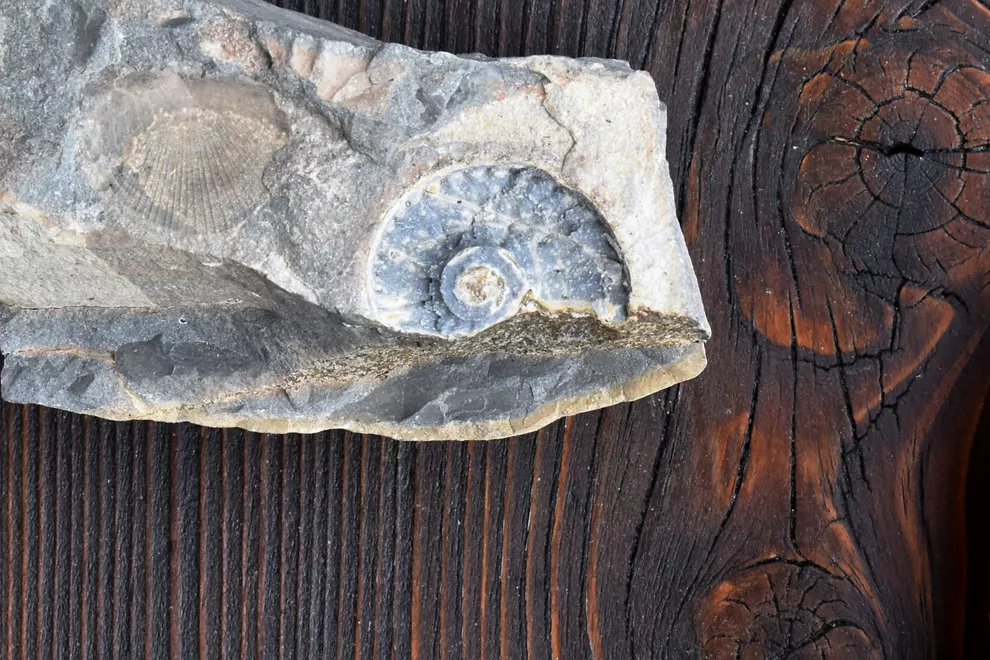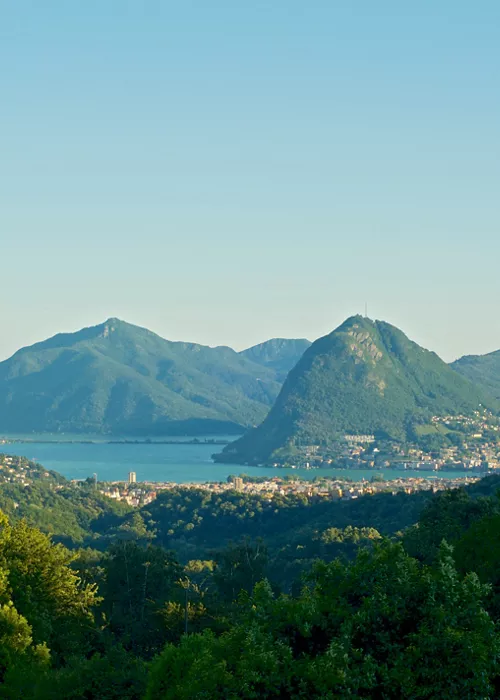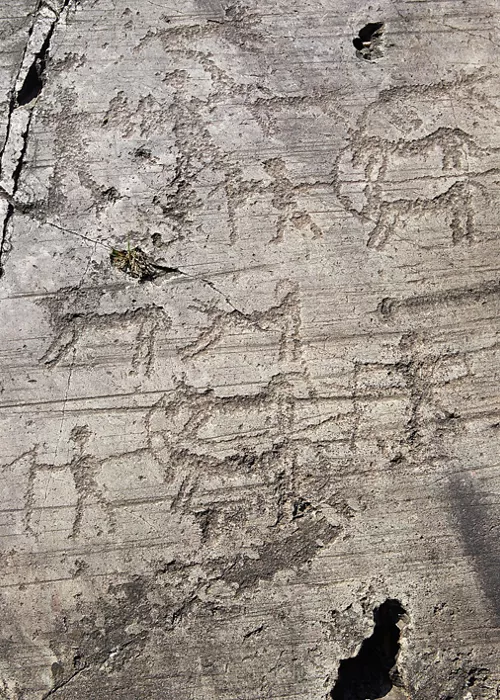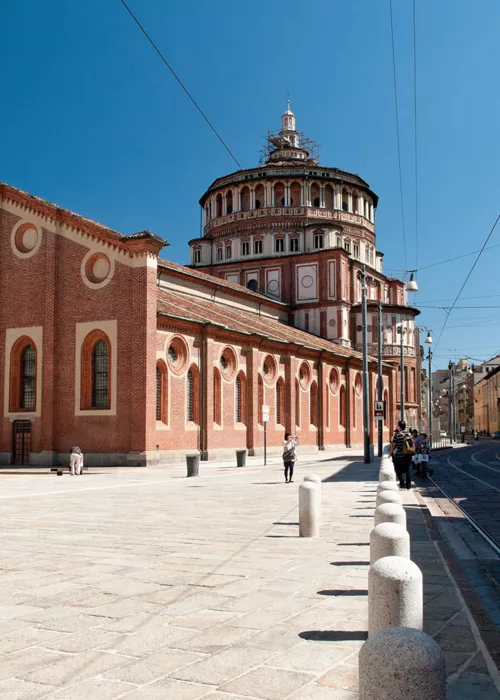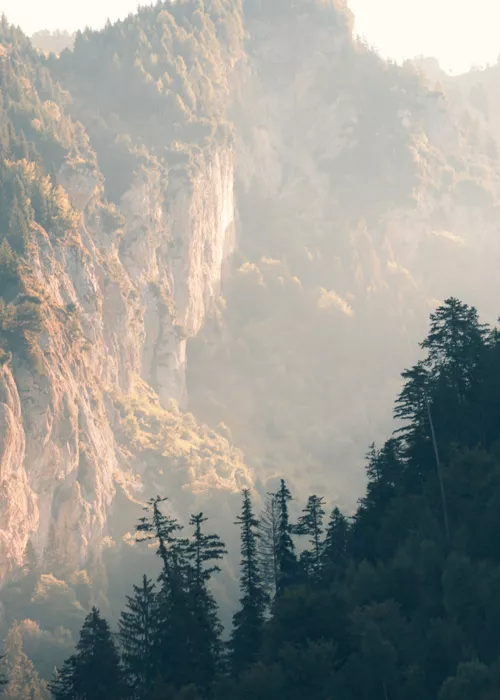Monte San Giorgio and Its Fossils
4 minutes
Monte San Giorgio, south of Lake Lugano, on the border between Italy and Switzerland, is one of the world's most important fossil deposits from the Middle Triassic, when this mountainous area was a lagoon in a tropical environment.
How about time travel back to 250 million years ago?
Where is Monte San Giorgio
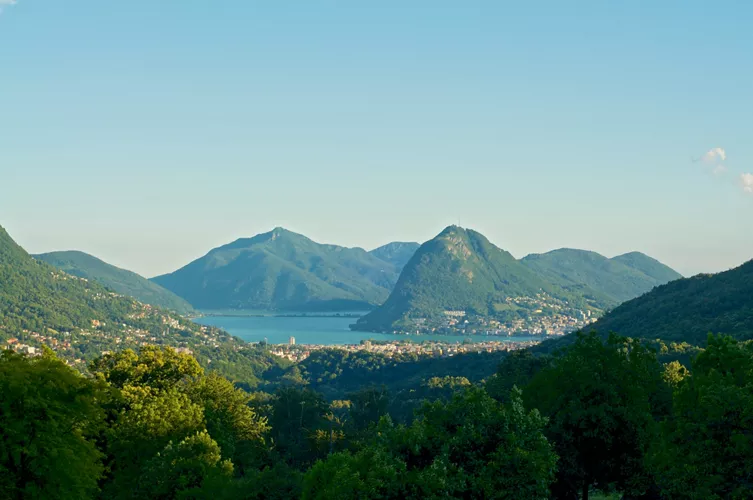
Monte San Giorgio, surrounded by two branches of Lake Lugano, is a pyramid-shaped mountain massif located in the south of Canton Ticino, straddling Italian and Swiss territory.
Here, near the Alpine arc, marine fossils dating back more than 237 million years have been found since the Middle Ages.
This UNESCO site, half an hour from the centre of Varese, has proved to be of fundamental importance for the study of the evolution of species in relation to geoclimatic changes.
The finds discovered in this area over the years are exhibited in many palaeontological museums between Italy and Switzerland.
History and information on Monte San Giorgio

In the Middle Triassic, the geological epoch between 245 and 230 million years ago, Mount St George was not the mountain we know today, but the bottom of a shallow sea at the western edge of the Tethys.
The first excavations conducted since 1863 by Abbot Antonio Stoppani confirmed that the area was a true subtropical lagoon rich in marine fauna consisting of molluscs, crustaceans, echinoderms and many reptiles adapted to aquatic and amphibious life such as archosaurs.
The coastline, not far away, was covered by a vegetation of tree ferns and other primitive plants, was in turn populated by numerous animals, from small insects to large reptiles such as the Ticinosuchus ferox, whose remains were found on Monte San Giorgio.
Why Monte San Giorgio is a UNESCO site
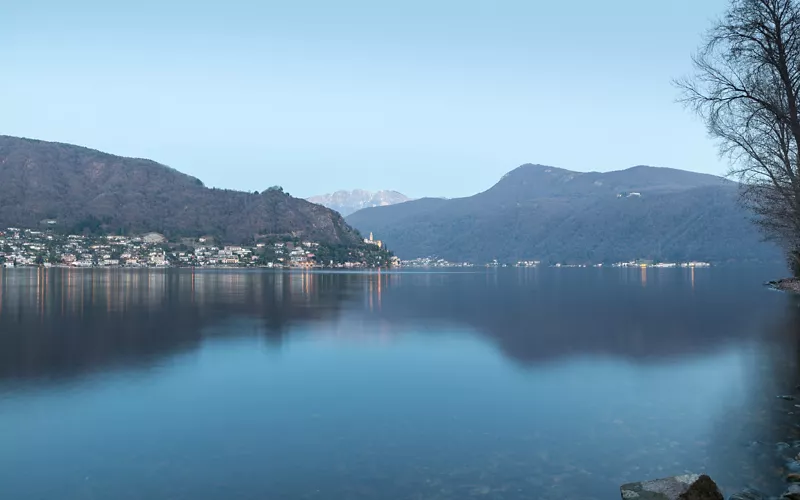
Monte San Giorgio is the area that best testifies to marine life during the Middle Triassic. The excavations, carried out in sedimentary rocks over 600 metres thick, revealed several fossil-rich levels covering a time span of four million years.
This is what prompted Unesco to include the Italian part of Monte San Giorgio in the World Heritage List, seven years after the inclusion of the Swiss part.
The many and well-differentiated remains found, such as ammonites and fossil shells, have produced a remarkable set of well-documented and catalogued finds, the world's main point of reference for all future palaeontological studies of Triassic marine faunas.
The most beautiful places to visit in Monte San Giorgio

Monte San Giorgio is a truly unique place, not only because of the UNESCO recognition of fossils.
On its slopes, towards Switzerland, is beautiful Lake Lugano, which will give you a few hours of healthy relaxation. Take a boat ride to the shore at the foot of Monte San Salvatore and climb to its summit with the small funicular for a unique 360-degree panorama.
On the way back to Monte San Giorgio you can cross the Melide dam-bridge, built in 1844. As you walk along the lake, get ready to discover magical paths that will take you back a few million years.
The cable car to Monte San Giorgio awaits you in Brusino Arsizio. In just a few minutes you will be in Serpiano, from there you can start the impressive geo-paleontological trail on foot.
This 13-kilometre circular route will take you to the most beautiful places on Monte San Giorgio: Alpe di Brusino, ancient alpine pasture surrounded by centuries-old chestnut trees, and the idyllic village of Meride, where there is a small Fossil Museum we recommend you visit.
To get a closer look at the many artefacts discovered in the area, stop at the Fossil Museum in Besano, in the province of Varese. From the historic centre of Besano, take the fossil trail in the Rio Ponticelli and Mines public park: walk through the places where fossils of prehistoric animals have emerged.
What to do Monte San Giorgio: 3 suggestions
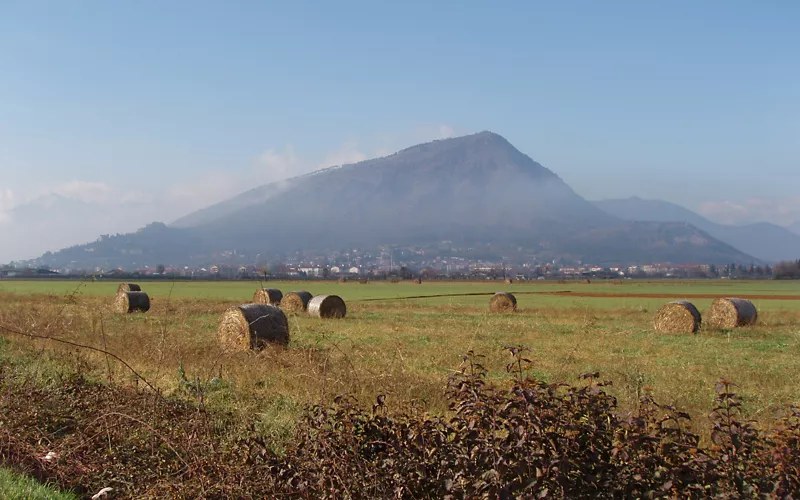
If you love walking outdoors, surrounded by nature, the Monte San Giorgio nature park is the ideal place to spend a few peaceful hours. You can choose from 14 different trails, from the easier ones such as the botanical trail, which starts in San Valeriano, to those designed for hikers such as the David Bertrand trail or the fire trail.
If you want to discover Monte San Giorgio by mountain bike, prepare yourself for a cycle route from Colletta di Cumiana to Piossasco with a height difference of around 500 metres. From Piossasco you can also follow the so-called wild boar path, on foot or by bicycle.

